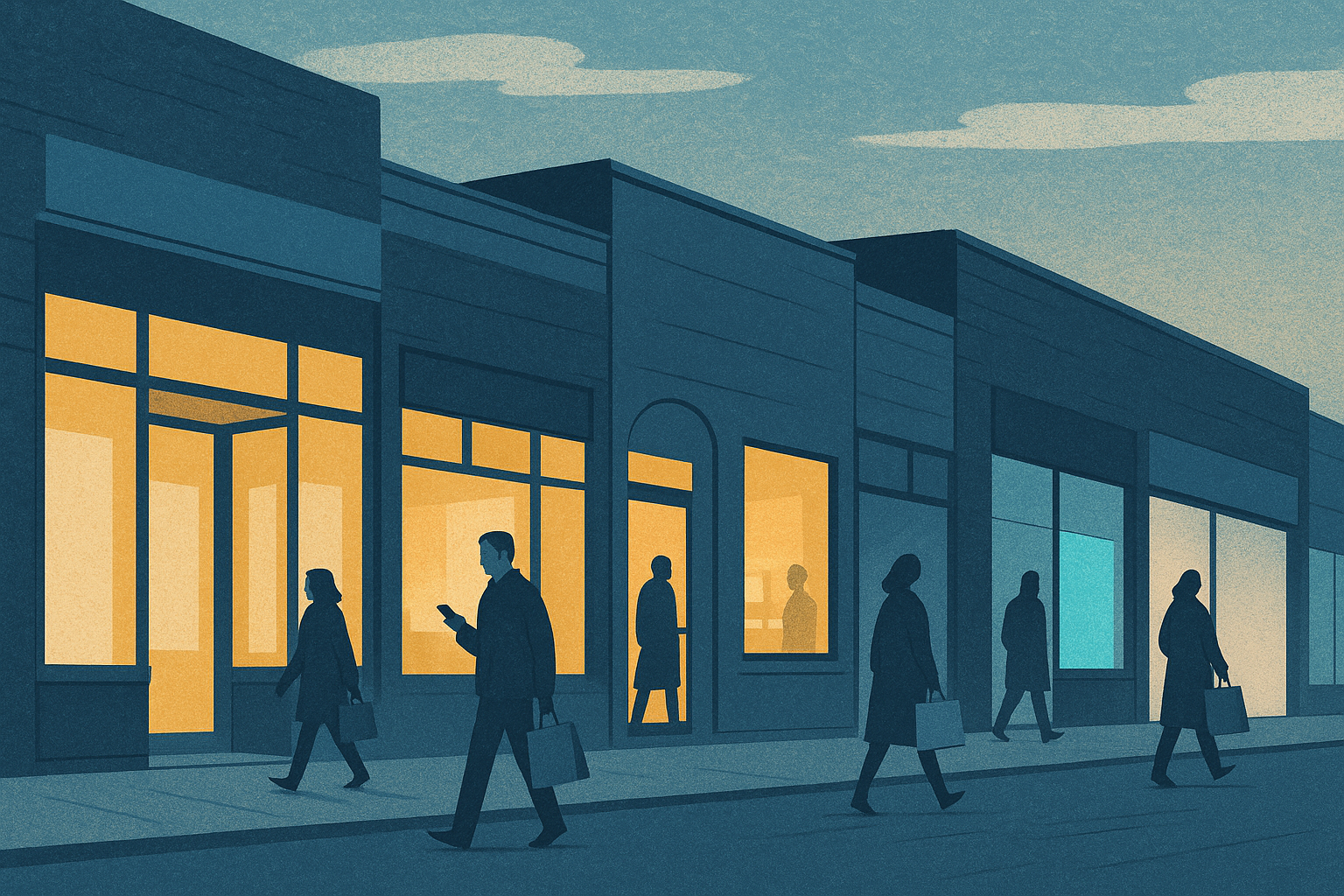Retail spending in the UK experienced a slowdown in September as a tax-raising Budget and increased household inflation expectations prompted consumers to cut back ahead of the crucial ‘Golden Quarter’.
Total retail sales for the month rose by 2.3% compared to the previous year, a decrease from the 3.1% growth recorded in August and 2.5% in July. Non-food sales, including fashion and household appliances, saw a significant drop, rising only 0.7% from last September, compared to 1.8% growth the month before. However, grocery sales increased by 4.3% year on year, indicating that shoppers are not reducing spending despite inflation pushing annual price rises to 5% in recent months.
Helen Dickinson, Chief Executive of the British Retail Consortium, attributed the slowdown to “rising inflation and a potentially taxing Budget”. She noted that milder weather delayed the purchase of autumn and winter clothing, and that growth in food sales was largely due to inflation rather than an increase in volume. Meanwhile, electrical sales were boosted by the release of new Apple products.
Retail bosses are concerned about weakening consumer confidence. The Chancellor is expected to present a significant tax-raising Budget next month to address a £30 billion shortfall in public finances while adhering to fiscal rules.
Although the Treasury has indicated it will not repeat last year’s approach of relying heavily on the private sector for funding, industry leaders worry that households are already cutting back in anticipation of stricter fiscal policies.
Dickinson also pointed out that ongoing food inflation is affecting consumers’ ability to spend on non-essential items. UK households have been increasing their savings at the fastest rate in the G7 this year, showing apprehension about the impact of further inflation on their finances. Bank of England rate-setter Catherine Mann recently remarked that consumers feel “scarred” by persistent inflation and a weak economic outlook, with household inflation expectations reaching their highest since the cost-of-living crisis.
Sarah Bradbury, Chief Executive of the Institute of Grocery Distribution, commented on the sluggish grocery volumes due to pressured household budgets following steady inflation increases since the start of the year. Despite grocery retailers implementing early price reductions to assist budget-conscious shoppers, speculation surrounding the Autumn Budget may affect consumer sentiment leading up to the festive season.




